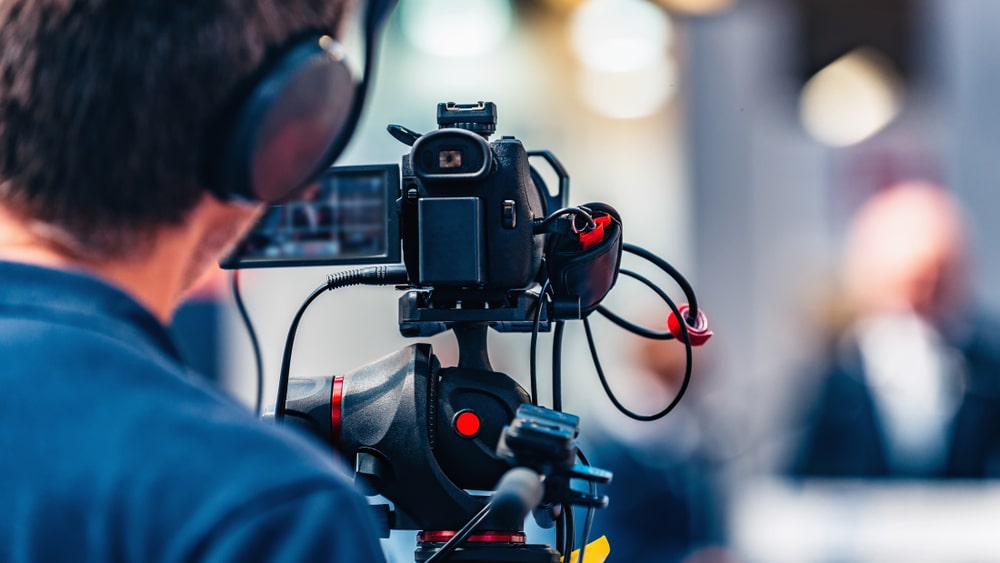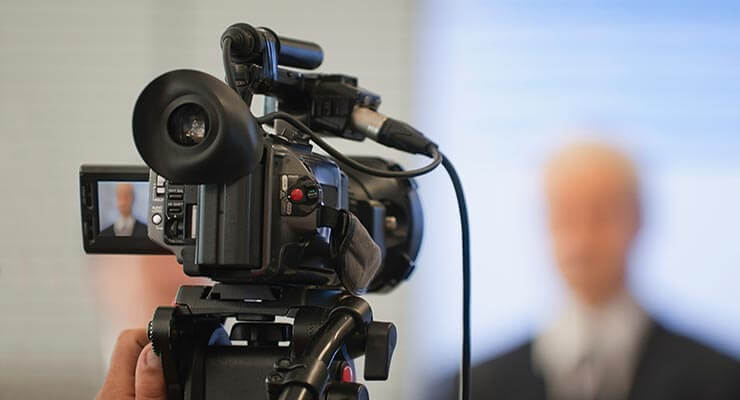Why Legal Videography Is Essential for Accurate Court Recordings
The function of legal videography in court room settings can not be overstated, as it offers as a vital device for preserving the stability of court documents. The implications of incorporating lawful videography into conventional court room practices increase crucial inquiries about its wider influence on the lawful system.
Significance of Visual Proof
In the world of lawful proceedings, the importance of visual evidence can not be overstated. Aesthetic proof offers as an effective tool in establishing truths, affirming testimonies, and enhancing the general clearness of a situation. This kind of proof, that includes photographs, videos, and diagrams, can supply a concrete context that spoken summaries often lack, thus using courts and courts a more clear understanding of the scenarios bordering a situation.
Additionally, aesthetic proof help in the retention of info. Human cognition is naturally aesthetic, and people are more probable to bear in mind and understand details presented in a visual format. In the courtroom, this can be essential, as compelling visual evidence can sway opinions and reinforce the narrative presented by legal representatives.
Furthermore, making use of visual evidence can reduce misunderstandings and ambiguities that frequently arise from verbal exchanges. By providing a direct representation of occasions, aesthetic evidence assists to get rid of subjective interpretations and promotes a more objective examination of the realities. Subsequently, the combination of visual proof right into lawful procedures not only strengthens the honesty of the judicial procedure but also boosts the probability of accomplishing a just end result.
Capturing Non-Verbal Signs
Utilizing innovative videography techniques can dramatically improve the capture of non-verbal signs during lawful proceedings. Non-verbal communication, consisting of facial expressions, body movement, and eye contact, plays a critical role in sharing emotions and objectives that might not be explicitly specified in spoken testimony. legal videography. Lawful videography uses high-definition cams and strategic angles to make sure that these refined cues are taped with clarity and precision
The capability to analyze non-verbal habits can supply valuable context to statements made throughout court sessions. For example, a witness's reluctance or confidence can be translated via their posture or gestures, potentially affecting the court's assumption of reputation. In addition, using close-up shots can help focus on an audio speaker's expressions, permitting an extra nuanced understanding of the testament.
Furthermore, integrating several cam angles can develop a detailed sight of communications, highlighting characteristics between celebrations included. This diverse technique not only improves the accuracy of the court record yet additionally help in protecting the stability of the judicial process - legal videography. Eventually, capturing non-verbal cues through lawful videography cultivates a richer, extra complete representation of courtroom proceedings

Enhancing Testament Dependability
The dependability of testimony can be dramatically boosted with making use of high-quality lawful videography. Video clip recordings function as an unbiased medium that catches not only the talked words of witnesses but additionally the nuances of their delivery, consisting of tone, pacing, and emotional expressiveness. This diverse documentation gives a clearer understanding of the witness's credibility and purposes, which can be critical in lawful procedures.
Moreover, legal videography minimizes the capacity for misinterpretations that might arise from created transcripts alone. When jurors can observe a witness's temperament and body language together with their testament, they are better outfitted to evaluate the credibility and reliability of the evidence offered. This visual context can strengthen the testimonial story, making it more engaging and qualified.
Additionally, the presence of a video recording can hinder prospective inconsistencies in testimony. Witnesses may be extra cautious in their declarations when they know they are being recorded, bring about more exact and honest accounts. Overall, top notch lawful videography improves the stability of testimony, ensuring that learn this here now the court has accessibility to a complete and honest representation of the realities as conveyed by the witnesses.
Supporting Appeals and Reviews
Lawful videography plays a critical role in supporting charms and testimonials by offering a comprehensive aesthetic document of courtroom process. This visual documents official website catches not just the talked words of witnesses and attorneys however additionally the subtleties of body movement, tone of voice, and courtroom dynamics. Such components can be essential in recognizing the context of testaments and arguments offered.
In the appellate procedure, where the focus gets on errors of legislation and procedural fairness, a video record can work as an essential device for appellate courts. It allows courts to assess the initial trial context, guaranteeing that decisions are based on a full understanding of the process. The capability to visually assess the attitude of witnesses or the interactions in between celebrations can expose insights that written transcripts may ignore.

In addition, legal videography can help in making clear obscurities in statements or procedural rulings, thereby enhancing the basis for a charm. By offering a trustworthy, objective account of what transpired in court, lawful videography not only sustains the integrity of the legal procedure but also encourages all events included to make enlightened choices regarding their situations.
Simplifying Court Room Processes
Enhancing court room efficiency, lawful videography simplifies Going Here procedures by offering prompt access to aesthetic records of process. This technology enables courts, lawyers, and juries to review vital testament and evidence, guaranteeing that all parties have a clear understanding of the situation. By capturing the nuances of verbal and non-verbal communication, videography enriches the record, making it much easier to understand the context and weight of testimonies.

In addition, video recordings can promote remote involvement in hearings, enabling greater versatility in organizing and participation, which is particularly beneficial in complex instances entailing numerous stakeholders.
Conclusion
In verdict, legal videography plays a crucial role in ensuring accurate court recordings by providing essential aesthetic evidence that records both verbal and non-verbal interaction. This technique boosts the reliability of testaments, sustains appellate testimonials, and simplifies court processes. By cultivating a thorough understanding of courtroom dynamics, legal videography inevitably adds to more fair judicial results, strengthening the integrity of the lawful system and assisting in educated decision-making.